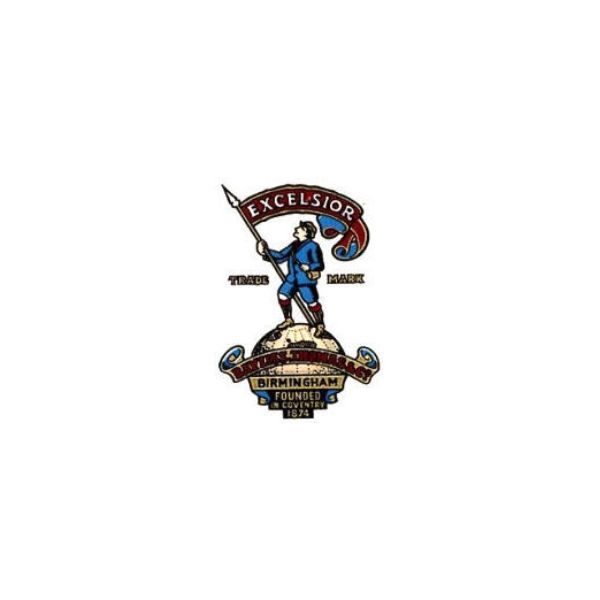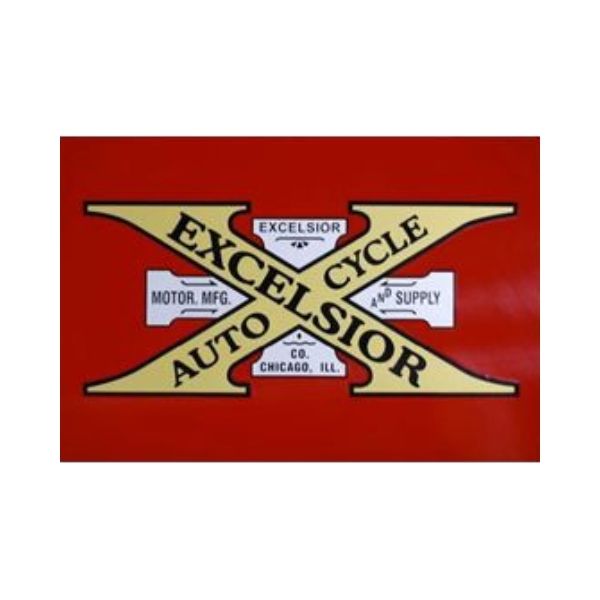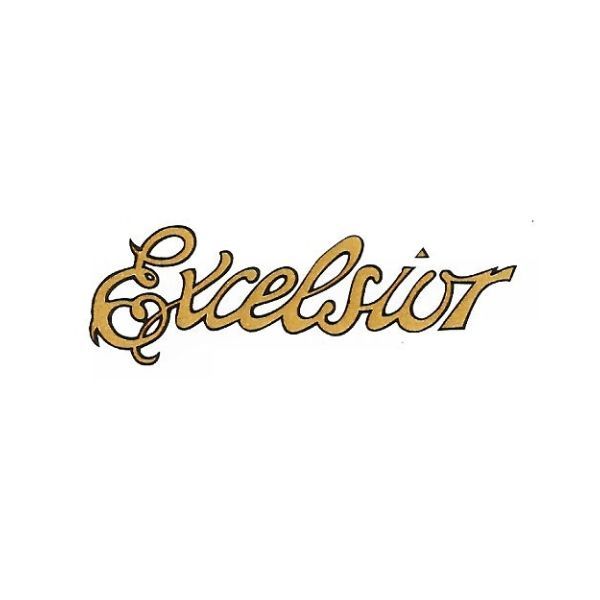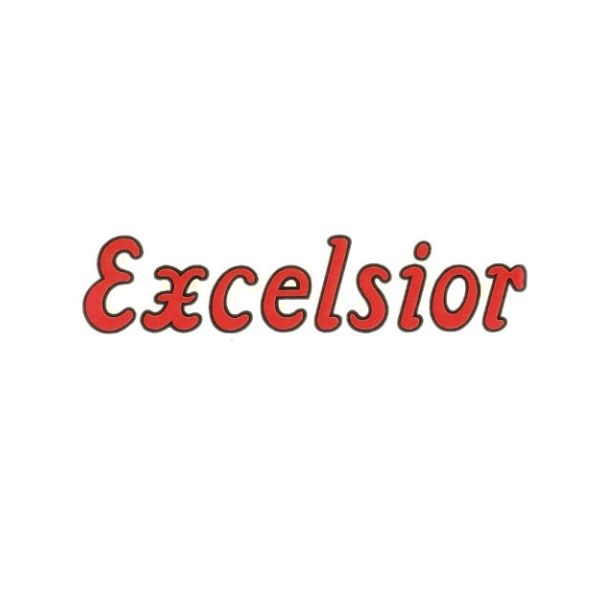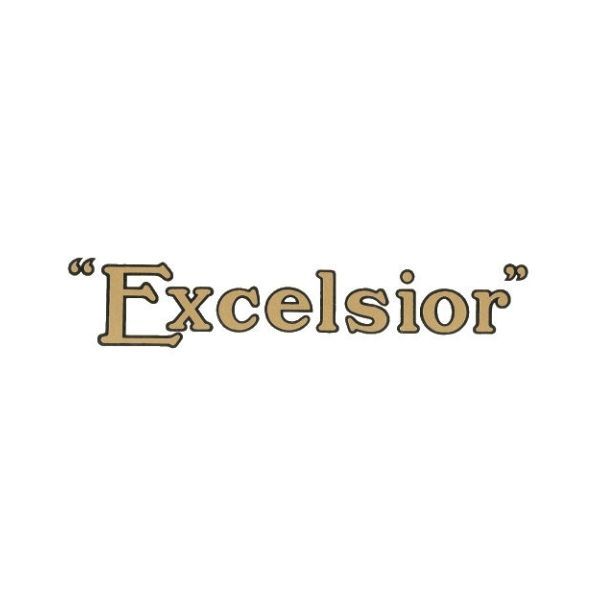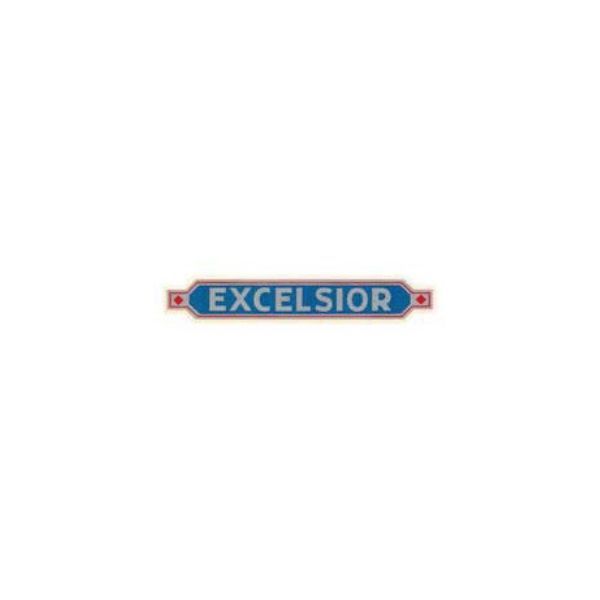Excelsior
The tale of Excelsior motorcycles is a fascinating chapter in the annals of British motorcycling history. A product of ingenious design and exceptional craftsmanship, these motorcycles, manufactured between 1896 and 1965, came from a lineage that contributed significantly to shaping the global motorcycle landscape. Excelsior Motorcycles were the creations of Bayliss, Thomas and Company, and the company's longevity is a testament to its adaptability and its profound understanding of the demands of different eras. In the early days, Excelsior relied on engines from notable manufacturers such as Minerva, De Dion, MMC, and potentially a Condor 850cc single. The bikes were characterized by their robust build and unparalleled performance.

Following the Great War, Excelsior underwent a transformation. The company was acquired by R. Walker & Sons, and operations moved from Coventry to Tysley, Birmingham. Despite this relocation, Excelsior held onto its essence and continued to produce motorcycles powered by Blackburne, JAP, and Villiers engines.
In the interwar period, Excelsior flourished, gaining significant success in competitive events. The most emblematic model from this era was the Manxman, introduced in 1935. Available in 246cc and 349cc capacities, it became an instant classic and is still fondly remembered today.
Excelsior's war contribution is another intriguing aspect of their legacy. They manufactured the Welbike, a mini folding motorcycle, for the armed forces. This handy, portable vehicle was parachuted to special forces, underscoring Excelsior's innovative spirit.
The post-war era required a shift in strategy for Excelsior. High-end and racing machines were swapped for more affordable two-stroke bikes, with the Talisman twin, powered by a 243cc 4-speed Villiers, leading the line. Their best-seller in this period was the Consort, which reached a record annual production of 10,000 units.
In 1957, Excelsior ventured into the scooter market with the introduction of the 98cc Skutabike. Two years later, they introduced the Monarch, a rebadged DKR scooter with an Excelsior 147cc engine. However, by 1965, production had dwindled, and Excelsior shifted its focus to manufacturing car and motorcycle accessories.
It's important to note that while motorcycles bearing the Excelsior badge were built in the United States and Germany, these were not related to the British marque. There was also an Excelsior car built in Belgium, further emphasizing the global resonance of the name.
Excelsior motorcycles were not just products of an era; they were the markers of a journey. They represented the spirit of innovation, resilience, and adaptation, leaving an indelible footprint in the motorcycling world.
Additional Excelsior Logos
Author: William Flaiz

